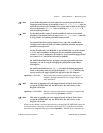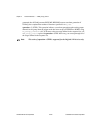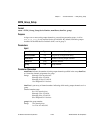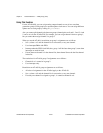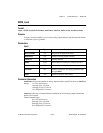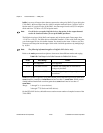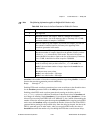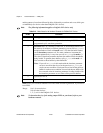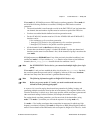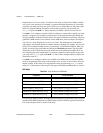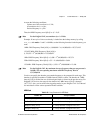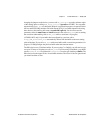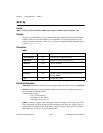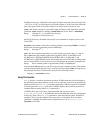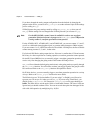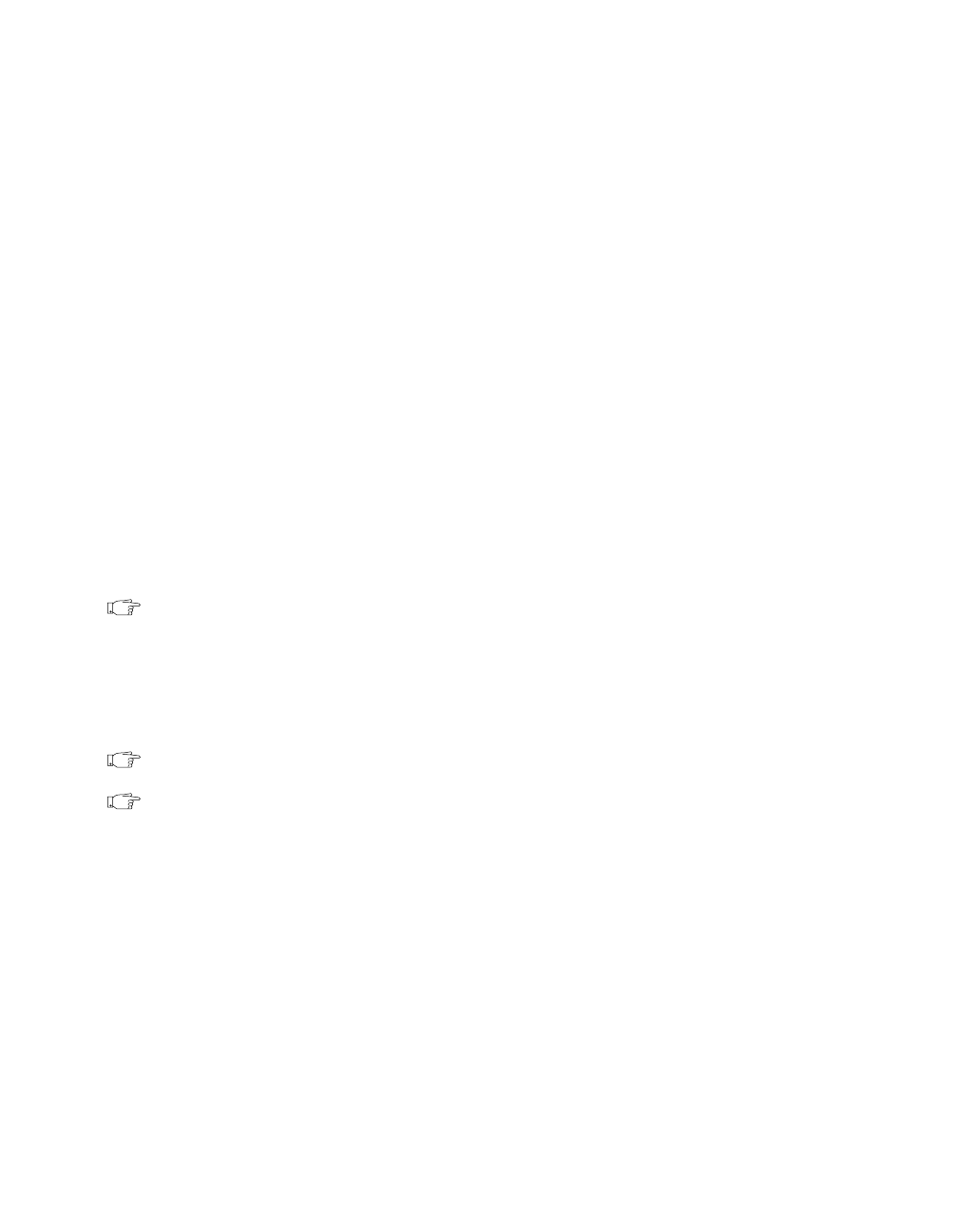
Chapter 2 Function Reference — WFM_Load
©
National Instruments Corporation 2-429 NI-DAQ FRM for PC Compatibles
When mode is 0, NI-DAQ does not use FIFO mode waveform generation. When mode is 1
and all of the following conditions are satisfied, NI-DAQ uses FIFO mode waveform
generation:
• The waveform buffer is small enough to reside in the DAC FIFO. If you load more than
one channel, the total number of points must be less than or equal to the FIFO size.
• You have not enabled double-buffered waveform generation mode.
• For the AT-AO-6/10, iterations must be 0. For the AT-MIO-16X and AT-MIO-64F-5,
iterations can be:
0 for continuous cyclic waveform generation.
1 through 65,535 inclusive for programmed cyclic waveform generation.
2 through 65,535 inclusive for pulsed waveform generation.
• All the channels listed in chanVect must belong to group 1.
• If more than one channel of group 1 is loaded, the number of points per channel and
iterations are the same for each channel. Also, all the channels of group 1 must have the
same mode.
NI-DAQ returns error fifoModeError if any of the previously described conditions is not
satisfied and mode is 1. If you call the
WFM_Load function several times to load different
channels, the
WFM_Group_Control function checks for conditions 1 and 5.
Note On PCI/PXI/CPCI E Series devices, you cannot load multiple buffers for a single
group.
When mode is 1 and you have enabled the delay clock (see the
WFM_ClockRate function),
the waveform generation proceeds until it is stopped by software. In this case, iterations
indicates how many times the waveform is generated between delays.
Note The following information applies to DAQArb 5411 devices only.
Note Before you go on to modes 2, 3, and 4, you need to understand some terms
introduced in the following paragraphs.
A sequence list is used in staging-based waveform generation for linking, looping, and
generating multiple waveforms stored on the on-board memory. The sequence list has a list
of entries. Each entry is called a stage. Each stage specifies which waveform to generate and
other associated settings for that waveform (for example, the number of loops).
For staging-based waveform generation, you first must load all the data buffers (using
mode =2 or mode = 3) and then you can load the sequence list (using mode = 4).
Use mode = 2 for loading waveforms that are repetitive in nature and in which very high
frequency resolution is required. This mode is referred to as DDS (Direct Digital Synthesis)
mode. For more details on the DDS mode, refer to Chapter 16, DAQArb 5411 Devices, in the



